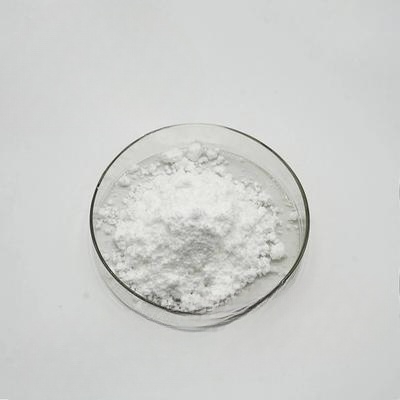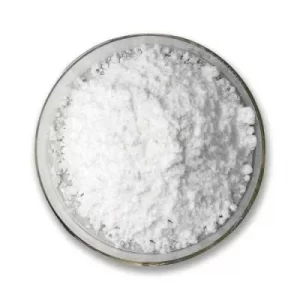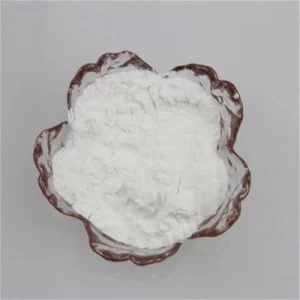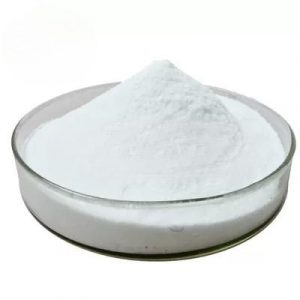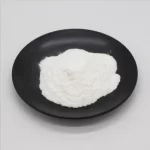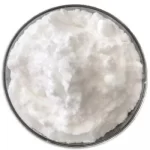Description
Anticoagulant Antithrombotic Drugs Rivaroxaban API Powder CAS 366789-02-8
Description
| Product Name: | Rivaroxaban | CAS No.: | 366789-02-8 |
|---|---|---|---|
| Molecular Formula: | C19H18ClN3O5S | Molecular Weight: | 435.88 |
| Apperance: | Powder | Melting Point: | 228-229°C |
| MSDS: | Avaliable | ||
| High Light: |
API Powder CAS 366789-02-8, Rivaroxaban API Powder |
||
Anticoagulant and antithrombotic drugs Rivaroxaban CAS 366789-02-8
– Product Description
| Product name |
Rivaroxaban |
| CAS no. | 366789-02-8 |
| Molecular formula | C19H18ClN3O5S |
| Molecular weight | 435.88 |
| Purity | 99%min |
| COA | Available |
Rivaroxaban is an oral, bioavailable factor Xa inhibitor that selectively blocks the active site of factor Xa and does not require cofactors (such as antithrombin III) to exert its activity. Factor X is activated by endogenous and exogenous pathways as factor Xa (FXa), which plays an important role in the coagulation cascade.
Rivaroxaban inhibits the activity of factor Xa in a dose-dependent manner in humans. The prothrombin time (PT) and activated partial thromboplastin time (aPTT) measured by Neoplastin® reagent and the quantitative detection of HepTest® heparin showed a dose-dependent prolongation. The anti-Xa factor activity is also affected by rivaroxaban.

